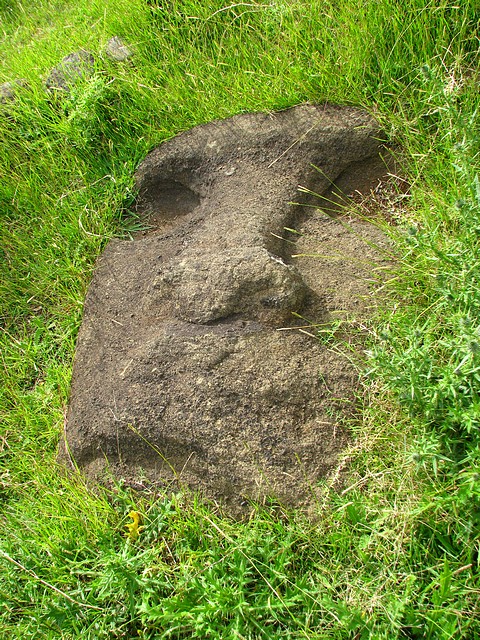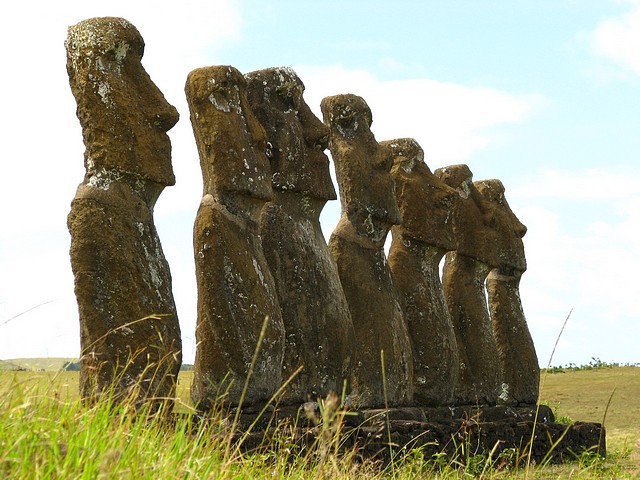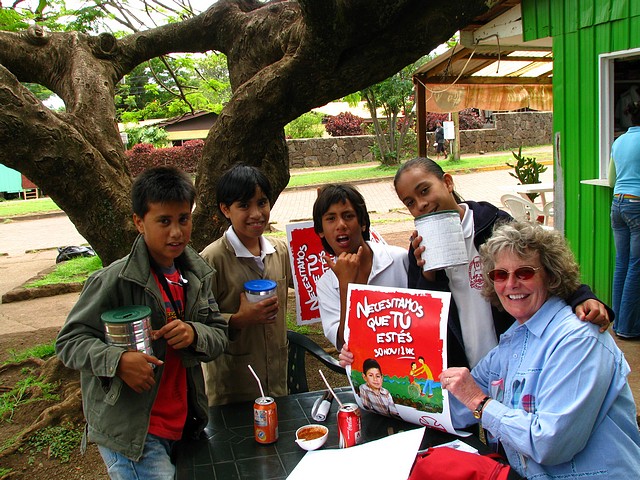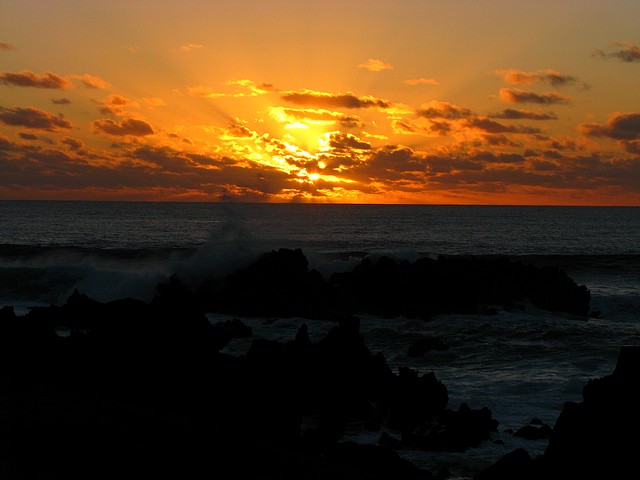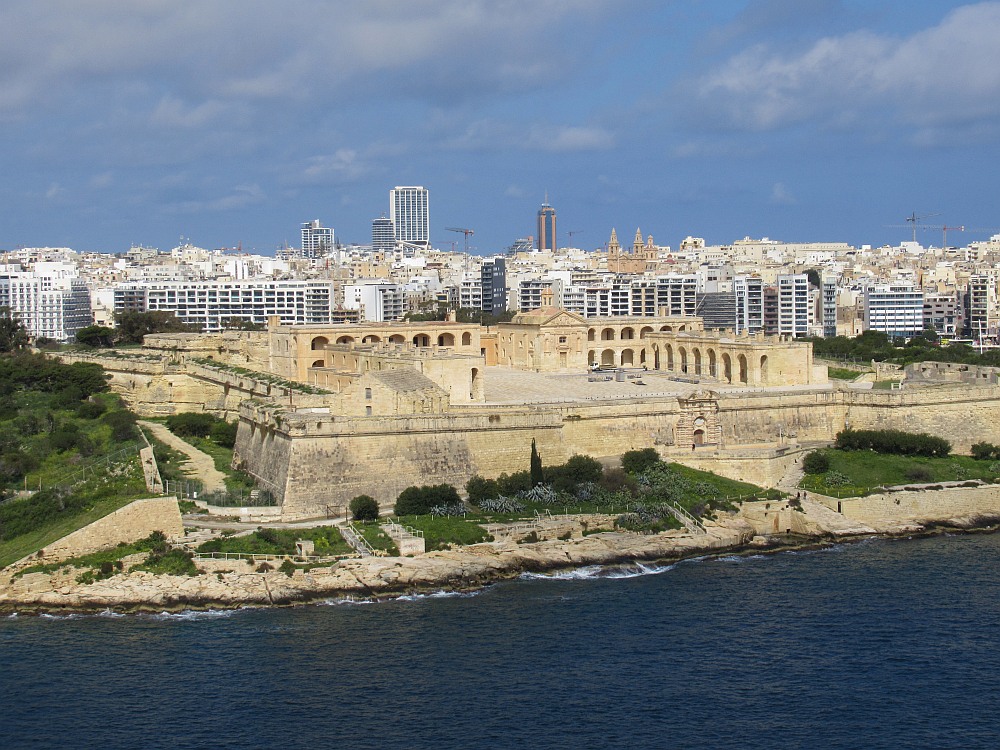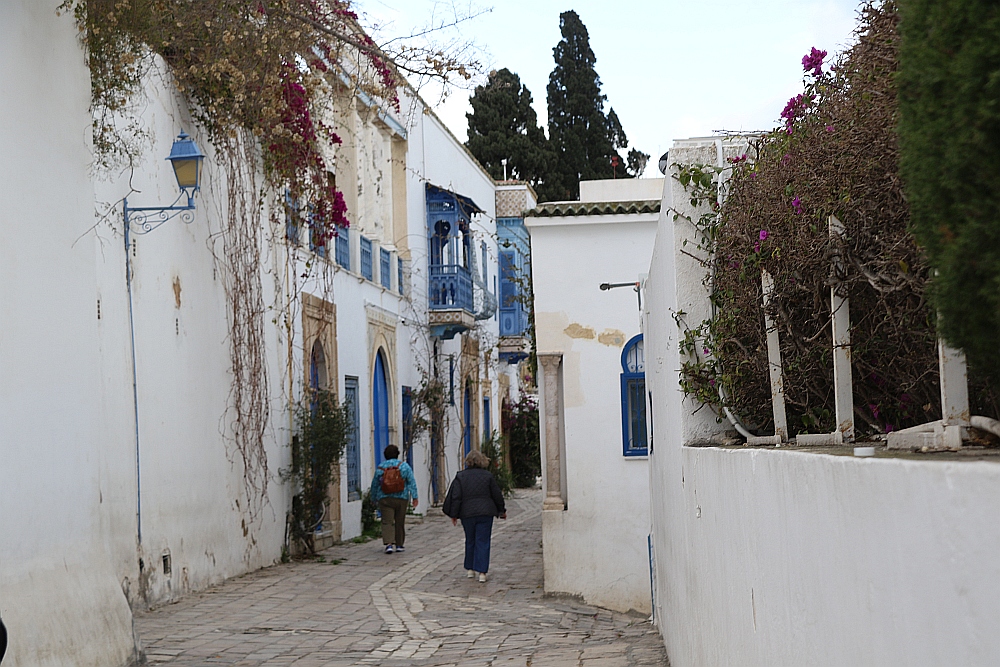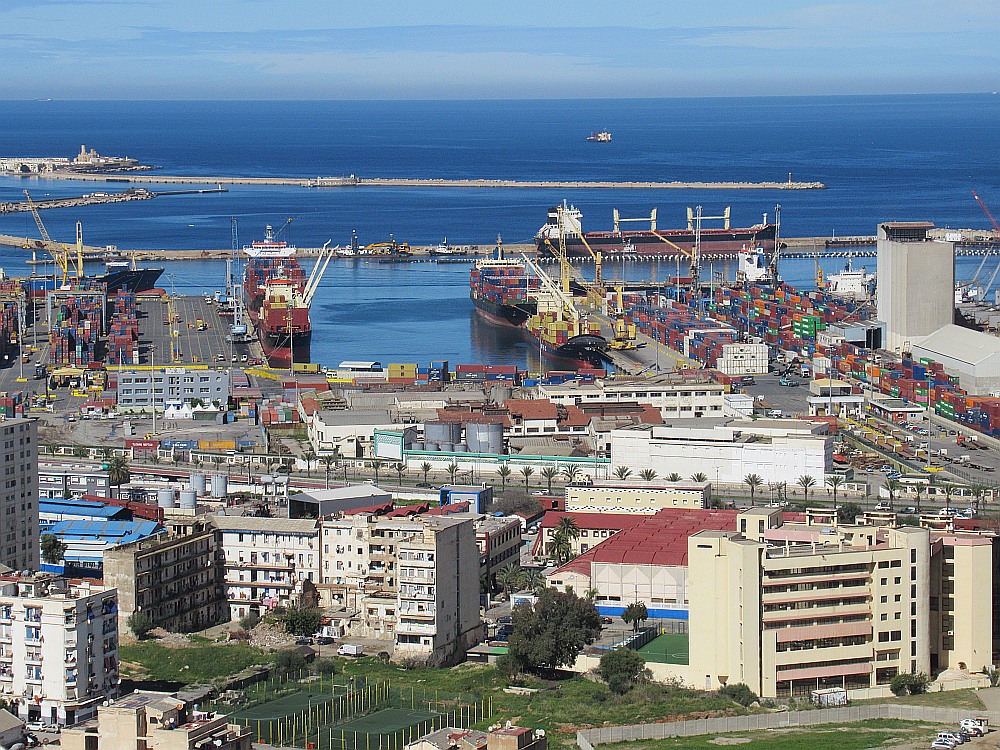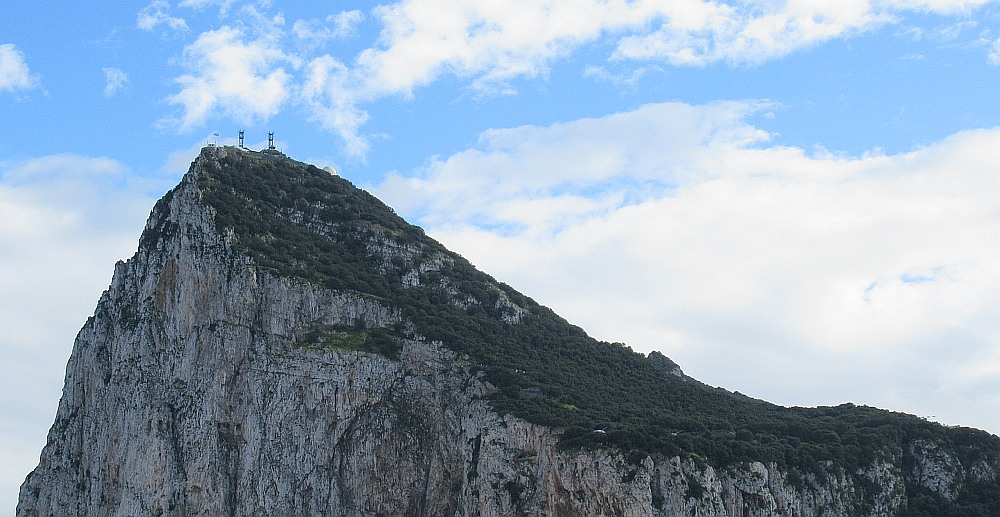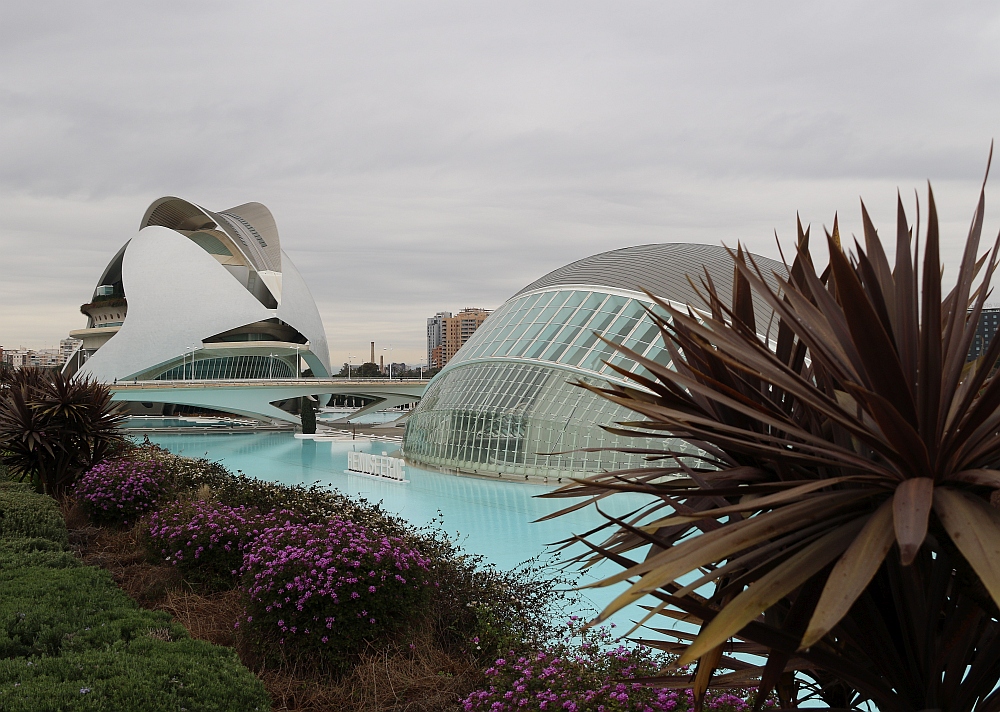Easter Island-Santiago Day 6
Easter Island-Santiago
Day 6 – Wednesday, November 28, 2007 – Easter Island Half Day Tour of Ahu Akivi, Quarry of Puna Pau, & Volcano
A very persistent rooster woke us up as the sun came up at 7:15 this morning. The skies were partly cloudy again today with a temperature of 68 degrees and the humidity was 68%.
We showered, had breakfast, and then organized our packs for another day’s adventure here on the island. Patricia and Chico were prompt and picked us up at 9:30. We headed to the south coast to Vinapu.
Originally there were 6 moais located here with their top knots on at this site all facing the sea. This is very different from the other areas where the protective moais face the villages.
The 6 moais at Vinapu were placed on a huge stone platform, built with the enormous carved slab boulders, similar to the construction we saw in the Inca Temples of Peru.
Patricia told us that during the pre-Columbian times there was trade and communication with not only the Polynesians but also the South Americans.
Some actually believe that the Polynesian Triangle of New Zealand, Hawaii, and Rapa Nui were all related and intermingled but new theories projects the people migrated from South America to Easter Island instead of to South America.
Also at Vinapu there is the one moai that seems to represent a woman, the only one found on the island. However, many of the statues are becoming so worn with erosion of wind and water that it is hard to know exactly what we are looking at!
We continued further into the interior of the island. Although we saw more horses and cows, and even a pig, there are very few homes other than those in town where there is electricity and running water.
Our next stop was Puna Pau where we hiked on the trail to see the quarry where they mined the red lava stone for the “pukoa” or the red top hats for the moai.
At the top of the crater we could see an extraordinary view of the city and harbor below us. There were very small plantations and tiny gardens in this, one of the most fertile areas of the island. This area is also back from the ocean a bit, and more protected from the salty sea air.
From the top of this crater we could also see the other surrounding peaks; Terre Vaka is the highest peak on the island at 511 meters above sea level. As we viewed the other peaks, we could truly see the volcanic influence and effect on the whole island.
Our next stop was Ahu Akivi where 7 moai are facing the sea, protecting a village that was thought to have been between the sea and the Ahu. These moai had been restored in 1960 to their standing positions by William Malloy from the University of Wyoming.
The oral traditions and local history say that a Polynesian King sent 7 explorers, his sons, to find the Island called the “Belly Button of the World” that he had seen in his dreams.
The Ahu Akivi was the commemoration of these original 7 sons, the first to populate Rapa Nui. The platform is also directly aligned to the spot of the rising sun on the horizon at the equinox.
We were able to explore the Ana Tepahu caverns, a lava tube where people hid to escape the slave traders who came from Peru in the 1800’s. This natural cave extends all the way to the sea.
Within the cave and lava tube there was a section which had collapsed. Here the Rapa Nui people of today have planted bananas, grapes, tobacco, taro, and other garden vegetables to simulate those planted by the natives centuries ago.
We left the caves and came back to town. Chico stopped at the market for those who wanted to buy provisions for the Happy Hour. We decided to explore the town a little more on our last day on the island.
We walked to the plaza at the village center and shared a sandwich at the Ki Te Mate, a sidewalk café. Some school children were collecting money for a Multiple Sclerosis telethon. Gennie gave them her coins and I took pictures of the American Lady giving the children all of her money. Good will at its best!
We finished our sandwich and then walked around the town for awhile. We visited the Feira, the market but many of the stalls were covered and closed for the afternoon siesta.
As we hiked back up the hill to our hotel, I took few more pictures of the surfers. We continued our walk to the naval station and then on back to our room.
While I sorted photos and did some correspondence, Gennie read on our back porch. By this afternoon the temperature had warmed to 74 degrees and the humidity had gone down to 60%.
At 5:45 we gathered for Happy Hour on our porch and traded stories from our day’s adventures! What a great group we have had here in Easter Island!
At 9:00 several of us went to the west shore to take pictures of the sunset. We were able to capture some beautiful lasting memories of our journey to Easter Island, Rapa Nui, and the Belly Button of the World!
Accommodation: Hanga Roa Hotel - - - Meals: B
Comments
Today was a very special day on Rap Nui as our group was treated to a most unusual occurance -- two full moons visible to our group in one day! The first full moon was viewed during our happy hour, and the second late at night for those who chose to get out of bed and view it.
Post a Comment!Once again, great photos. What kind of camera are you using? It seems to really capture color well.
Featured Journal
Day 18: Mediterranean Navigation
Day 18 - Wednesday, March 19, 2025 – Disembark Ship & Return to USA
It was a dark and rainy morning when we put our luggage outside of our cabin door at 4:15. We met three of our fellow passengers also on the same flight...

